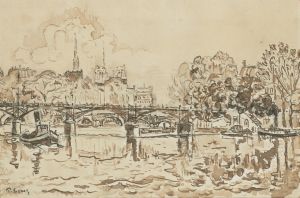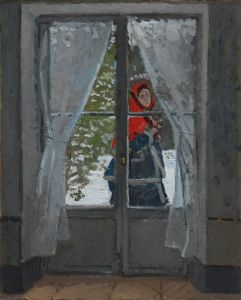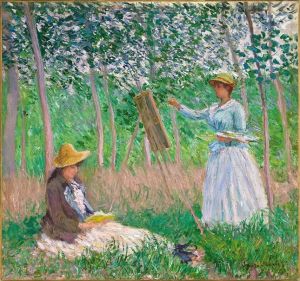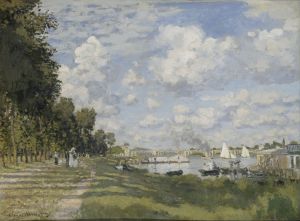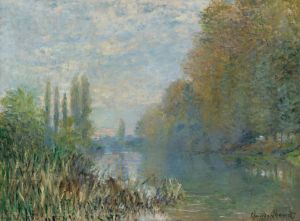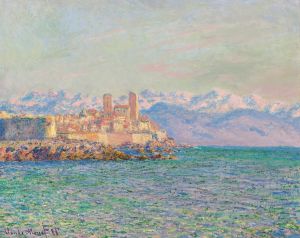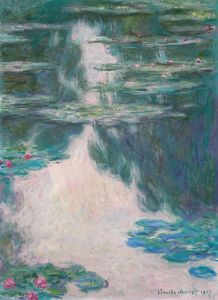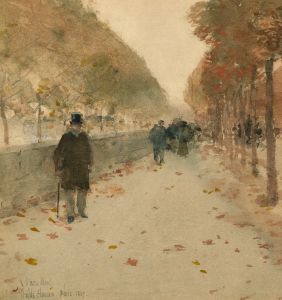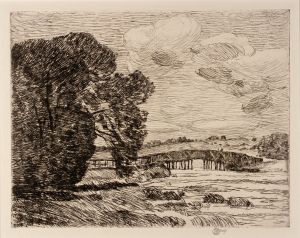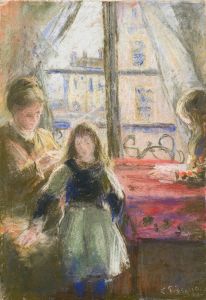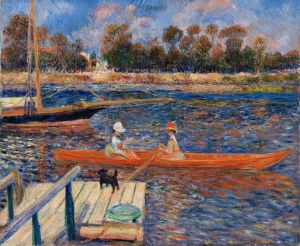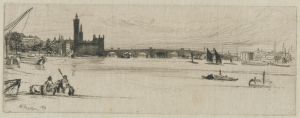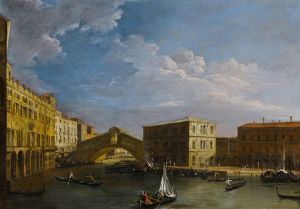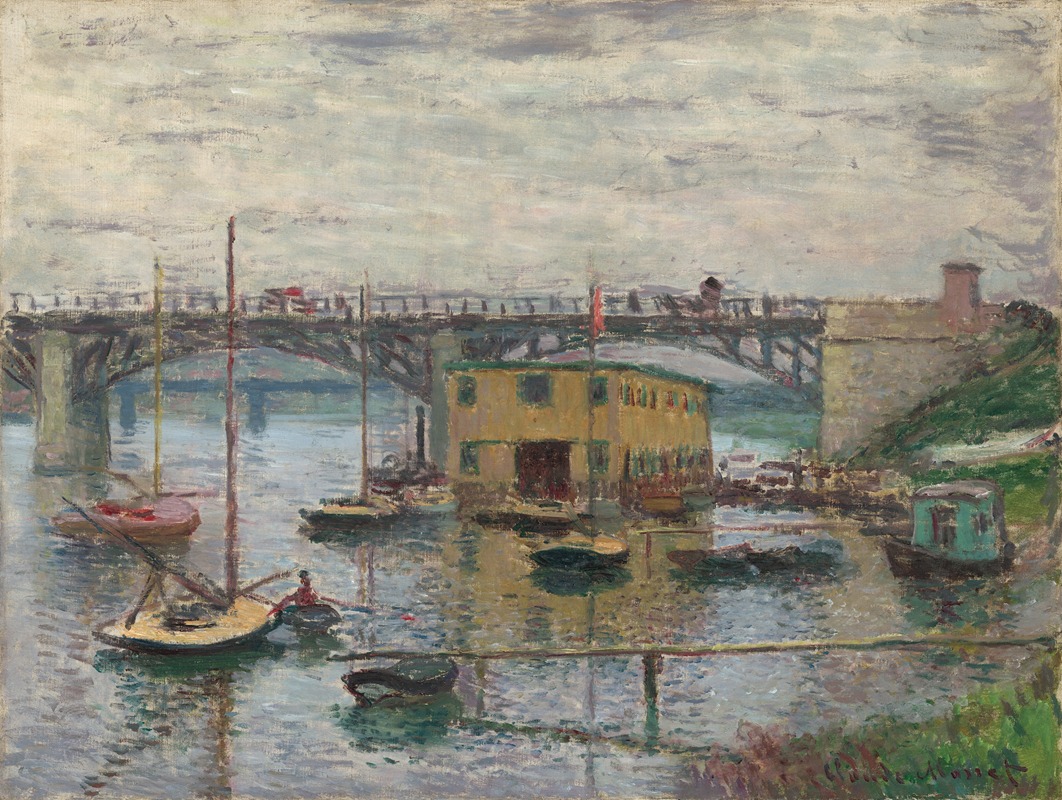
Bridge at Argenteuil on a Gray Day
A hand-painted replica of Claude Monet’s masterpiece Bridge at Argenteuil on a Gray Day, meticulously crafted by professional artists to capture the true essence of the original. Each piece is created with museum-quality canvas and rare mineral pigments, carefully painted by experienced artists with delicate brushstrokes and rich, layered colors to perfectly recreate the texture of the original artwork. Unlike machine-printed reproductions, this hand-painted version brings the painting to life, infused with the artist’s emotions and skill in every stroke. Whether for personal collection or home decoration, it instantly elevates the artistic atmosphere of any space.
"Bridge at Argenteuil on a Gray Day" is an oil painting by the renowned French Impressionist artist Claude Monet. Created in 1876, this artwork is a part of Monet's series of paintings depicting the town of Argenteuil, a suburb of Paris, where he lived from 1871 to 1878. During this period, Argenteuil was a popular destination for Parisians seeking leisure and recreation along the Seine River, and it provided Monet with ample inspiration for his exploration of light, color, and atmosphere.
Monet's "Bridge at Argenteuil on a Gray Day" captures a scene of the bridge spanning the Seine River under an overcast sky. The painting exemplifies Monet's interest in the effects of weather and light on the landscape. The gray day depicted in the painting suggests a subdued, tranquil atmosphere, with soft, diffused light that affects the colors and reflections on the water. Monet's brushwork in this piece is characteristic of his Impressionist style, with loose, fluid strokes that convey the transient nature of the scene.
The bridge itself is a central element in the composition, serving as a horizontal anchor that divides the canvas. The structure is depicted with a level of detail that contrasts with the more abstract treatment of the surrounding environment. The riverbank and the water are rendered with a mix of blues, grays, and greens, capturing the reflections and movement of the water. The sky, painted in varying shades of gray, suggests the presence of clouds, adding to the overall mood of the painting.
Monet's choice of Argenteuil as a subject was influenced by the town's accessibility and its picturesque setting. The presence of the bridge in this painting not only serves as a focal point but also symbolizes the connection between the urban and natural worlds, a theme that Monet frequently explored in his work. The bridge at Argenteuil was a modern structure at the time, reflecting the industrial advancements of the era, which Monet often juxtaposed with the natural beauty of the landscape.
"Bridge at Argenteuil on a Gray Day" is part of a larger body of work in which Monet examined the same locations under different weather conditions and times of day. This approach allowed him to study the changing effects of light and atmosphere, a hallmark of his Impressionist technique. Monet's work during his years in Argenteuil is considered pivotal in the development of Impressionism, as he and his contemporaries sought to capture the fleeting moments of everyday life with an emphasis on color and light.
Today, "Bridge at Argenteuil on a Gray Day" is recognized as an important example of Monet's work during this period. It reflects his mastery of capturing the ephemeral qualities of nature and his innovative approach to composition and color. The painting is held in high regard for its contribution to the Impressionist movement and continues to be celebrated for its artistic and historical significance.





